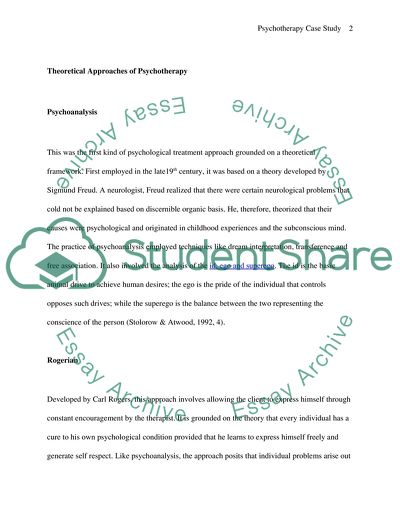Cite this document
(Psychotherapy Approaches Used in The Sessions Research Paper, n.d.)
Psychotherapy Approaches Used in The Sessions Research Paper. Retrieved from https://studentshare.org/psychology/1732116-using-case-examples-illustrate-your-experience-of-client-expressions-of-retraumatisation-and-hope
Psychotherapy Approaches Used in The Sessions Research Paper. Retrieved from https://studentshare.org/psychology/1732116-using-case-examples-illustrate-your-experience-of-client-expressions-of-retraumatisation-and-hope
(Psychotherapy Approaches Used in The Sessions Research Paper)
Psychotherapy Approaches Used in The Sessions Research Paper. https://studentshare.org/psychology/1732116-using-case-examples-illustrate-your-experience-of-client-expressions-of-retraumatisation-and-hope.
Psychotherapy Approaches Used in The Sessions Research Paper. https://studentshare.org/psychology/1732116-using-case-examples-illustrate-your-experience-of-client-expressions-of-retraumatisation-and-hope.
“Psychotherapy Approaches Used in The Sessions Research Paper”, n.d. https://studentshare.org/psychology/1732116-using-case-examples-illustrate-your-experience-of-client-expressions-of-retraumatisation-and-hope.


